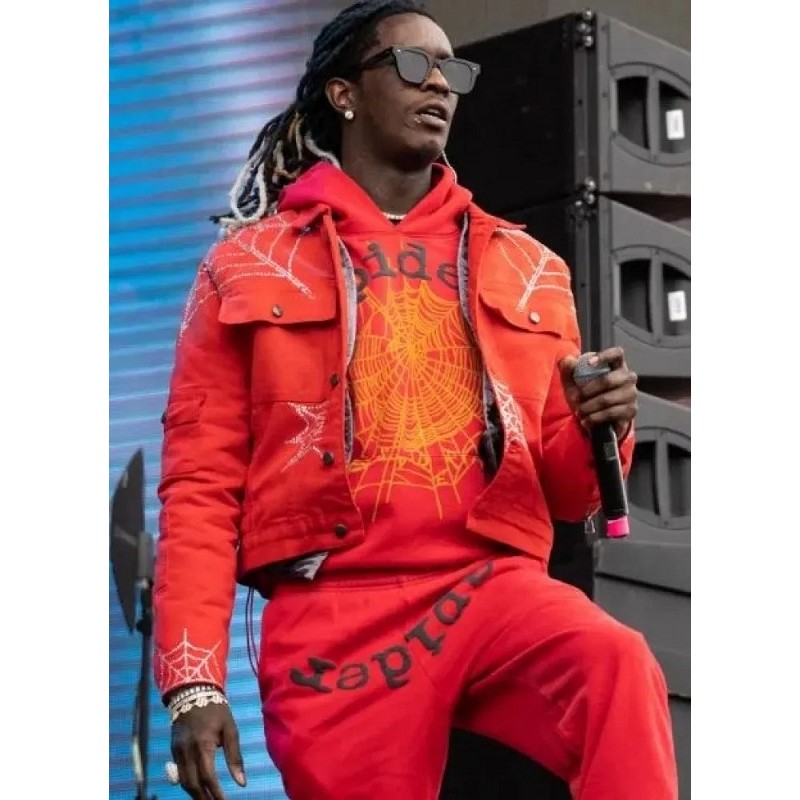
The Cultural Influence of Fashion
Fashion is far more than just clothing; it’s a reflection of society, culture, and individual identity. From the ancient civilizations to modern times, fashion has played a pivotal role in shaping and expressing cultural identity, social norms, and economic status. In this comprehensive exploration, we delve into the intricate relationship between fashion and culture, examining its evolution, impact, and significance across different societies and eras. Visit now Sp5der hoodie
Evolution of Fashion: From Tradition to Innovation
Fashion has always been intertwined with cultural evolution. Throughout history, clothing styles, materials, and designs have evolved in response to cultural shifts, technological advancements, and global influences. From the intricate robes of ancient civilizations to the minimalist aesthetics of modern fashion, the evolution of clothing mirrors the transformation of societal values and aspirations.
Ancient Civilizations: The Birth of Sartorial Identity
In ancient civilizations such as Egypt, Mesopotamia, and China, clothing served as more than just a practical necessity; it was a symbol of status, identity, and religious beliefs. Elaborate garments adorned with precious metals, intricate patterns, and symbolic motifs reflected the wealth and social standing of individuals. Moreover, clothing played a crucial role in delineating social hierarchies and cultural affiliations within these societies.
Medieval Europe: Fashion as a Signifier of Social Status
During the Middle Ages, fashion became a powerful tool for displaying one’s social status and affiliation. The elaborate garments worn by nobility showcased opulence and luxury, while the attire of peasants reflected practicality and functionality. Sumptuary laws further regulated clothing choices based on social rank, reinforcing the link between fashion and class hierarchy.
Renaissance and Enlightenment: A Shift towards Individual Expression
The Renaissance period witnessed a gradual departure from the rigid social structures of the Middle Ages, leading to a newfound emphasis on individualism and self-expression. Fashion became a means for individuals to assert their unique identities and showcase their artistic sensibilities. The emergence of fashion trends, such as elaborate court attire and flamboyant accessories, signaled a departure from tradition towards innovation and creativity.
Industrial Revolution: Mass Production and Globalization
The advent of the Industrial Revolution revolutionized the fashion industry, enabling mass production of clothing on a scale never seen before. With the proliferation of factories and textile mills, clothing became more accessible to the masses, blurring the lines between social classes. Moreover, the expansion of trade routes facilitated the exchange of fashion ideas and influences across continents, leading to the globalization of fashion.
Cultural Significance of Fashion: A Mirror of Society
Fashion serves as a mirror reflecting the values, beliefs, and aspirations of a society. It embodies cultural heritage, societal norms, and individual identities, making it a powerful form of expression and communication. Check it now Spider hoodie
Identity and Self-Expression
One of the primary functions of fashion is to express individual identity and personality. The clothing we choose reflects our tastes, preferences, and cultural affiliations, allowing us to communicate non-verbally with others. Whether it’s through avant-garde designs, traditional attire, or subcultural aesthetics, fashion provides a platform for self-expression and identity formation.
Social Norms and Values
Fashion also reflects the prevailing social norms, values, and ideologies of a society. For example, modest clothing may be favored in conservative cultures, while bold and provocative styles may be embraced in more liberal societies. Moreover, fashion trends often reflect broader social movements and cultural shifts, such as the rise of eco-friendly fashion in response to environmental concerns.
Cultural Heritage and Tradition
Many cultures around the world have rich sartorial traditions that are deeply rooted in history and heritage. Traditional clothing, adorned with symbolic motifs and craftsmanship, serves as a tangible link to the past, preserving cultural identity and heritage for future generations. From the vibrant hues of Indian sarees to the intricate patterns of African textiles, traditional fashion embodies the richness and diversity of global cultures.
The Influence of Fashion on Society: Power, Politics, and Representation
Fashion exerts a profound influence on society, shaping perceptions, attitudes, and behaviors in subtle yet significant ways. From the runway to the streets, fashion permeates every aspect of our lives, influencing not only what we wear but also how we perceive ourselves and others.
Economic Impact
The fashion industry is a multi-billion-dollar global enterprise, driving economic growth, employment, and innovation. From haute couture to fast fashion, the industry encompasses a wide range of sectors, including design, manufacturing, retail, and marketing. Moreover, fashion tourism has emerged as a lucrative niche, with fashion capitals such as Paris, Milan, and New York attracting millions of visitors each year.
Social Influence and Celebrity Culture
Celebrities and influencers wield immense influence in shaping fashion trends and consumer behavior. Their endorsements and appearances at high-profile events such as fashion weeks can catapult obscure designers to stardom and ignite global trends overnight. Moreover, social media platforms like Instagram and TikTok have democratized fashion, empowering individuals to become influencers and trendsetters in their own right.
Political and Social Commentary
Fashion has long been used as a form of political and social commentary, challenging norms, provoking discourse, and advocating for change. From feminist fashion statements to LGBTQ+ pride parades, clothing serves as a powerful medium for expressing solidarity, resistance, and dissent. Designers often use their platforms to address pressing social issues such as sustainability, diversity, and inclusivity, leveraging fashion as a force for social good.
Conclusion: Fashion as a Cultural Tapestry
Fashion is not merely a fleeting trend or superficial indulgence; it is a vibrant tapestry woven from the threads of culture, history, and human creativity. From ancient civilizations to the digital age, fashion has served as a reflection of societal values, individual identities, and global trends. By understanding the cultural influence of fashion, we gain insight into the complex interplay between style and substance, tradition and innovation. As we navigate the ever-changing landscape of fashion, let us celebrate its diversity, embrace its dynamism, and recognize its power to shape our world.
